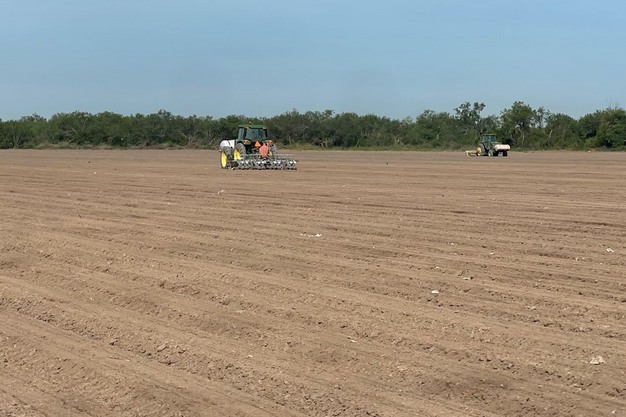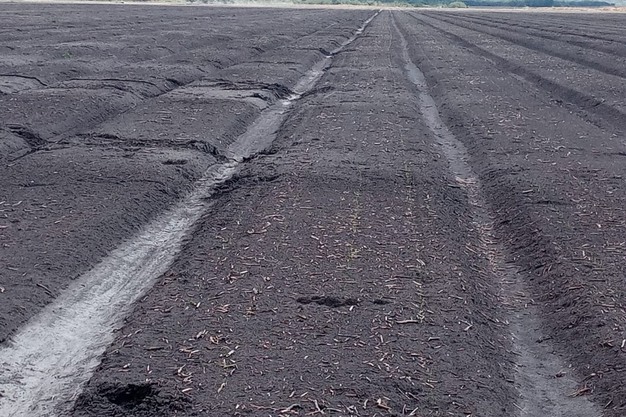As Texas continues to deal with a historic drought, all eyes are turned toward future plantings and harvests of some key vegetable commodities. "Current drought conditions are more severe vs. previous year. We have had some rain but it hasn't been significant enough to make an impact on our watershed," says Tony Martinez of Primo Trading Services LLC, adding that while there were recent hurricanes that hit the Gulf of Mexico, that largely benefitted the crops along the Gulf of Mexico and not necessarily South Texas. "So we're in a much worse spot compared to our last planting cycle."
What does this mean for South Texas growers? While typically Primo Trading's plantings would have taken place in July on cabbage for example, this year those plantings didn't get going until the week of October 8th–that leaves plantings three months behind. While last year's cabbage harvest began in December, this year, if they're lucky, the cabbage harvest will begin on January 15th.
 While last year's cabbage harvest began in December, this year, if they're lucky, the Texas cabbage harvest will begin on January 15th.
While last year's cabbage harvest began in December, this year, if they're lucky, the Texas cabbage harvest will begin on January 15th.
Drought and other Texas commodities
That said the plantings largely depend on different irrigation districts and what commodities are grown in those districts. "There are other growers that have kicked off planting leafy greens, Cilantro, and things like that that don't require as much water and they are on schedule," adds Martinez.
However, back to cabbage, Mexico is seeing lighter harvests on the product which in turn will leave supply likely on the lower side until the end of the year. Mexico is also seeing strong domestic cabbage demand which will limit import supplies to the U.S.
Meanwhile, on onions in Texas, water allotments will also impact that crop. "It's not just about how much water does each grower have but also how much water does each grower have firmly committed to finish the season," says Martinez. A lot of water districts have water on paper but they don't have the actual water. That's going to put a strain on a lot of growers and that's part of the reason we have held back so much on cabbage and onions. We have to be very selective on which land we're going to do it on but it's also based on how much water we actually have."
 Primo Trading began onion plantings in Mexico in August and it's scheduled to start harvesting in Tampico in February.
Primo Trading began onion plantings in Mexico in August and it's scheduled to start harvesting in Tampico in February.
Onions vs. cabbage
That is especially so on an onion crop which is more costly than a cabbage crop. "The last thing we want is to plant an onion crop and then halfway through find out that we're at the mercy of rain," says Martinez. "Onions require a lot of water."
That said, onion plantings scheduled for October look to be starting on time, though it's still on the early side in determining how much is actually being planted and it would be no surprise if there was a reduction on plantings also due to a potential lack of water. "We will do at least a 50 percent reduction on cabbage plantings and onion plantings this planting cycle versus last year," says Martinez.
What about Mexico's onions? Thanks to those hurricanes, Tampico watersheds are filled which means early onion programs in Mexico could look very good. Primo Trading began onion plantings in Mexico in August and it's scheduled to start harvesting in Tampico in February. The supply from Mexico should go until May 10th. That will be followed by a Texas harvest start on March 20th and that will go through until April 30th.
Martinez does add that the other Mexico growing regions are dealing with severe drought conditions as well and will see their share of acreage reduced for the upcoming planting cycle. "All in all, we continue to battle through the struggles of drought conditions across Mexico and South Texas in order to offer a consistent supply chain to our customers," he adds.
 For more information:
For more information:
Tony Martinez
Primo Trading Services LLC
Tel: +1 (956) 800-4343
[email protected]
https://www.primotradingservices.com/
